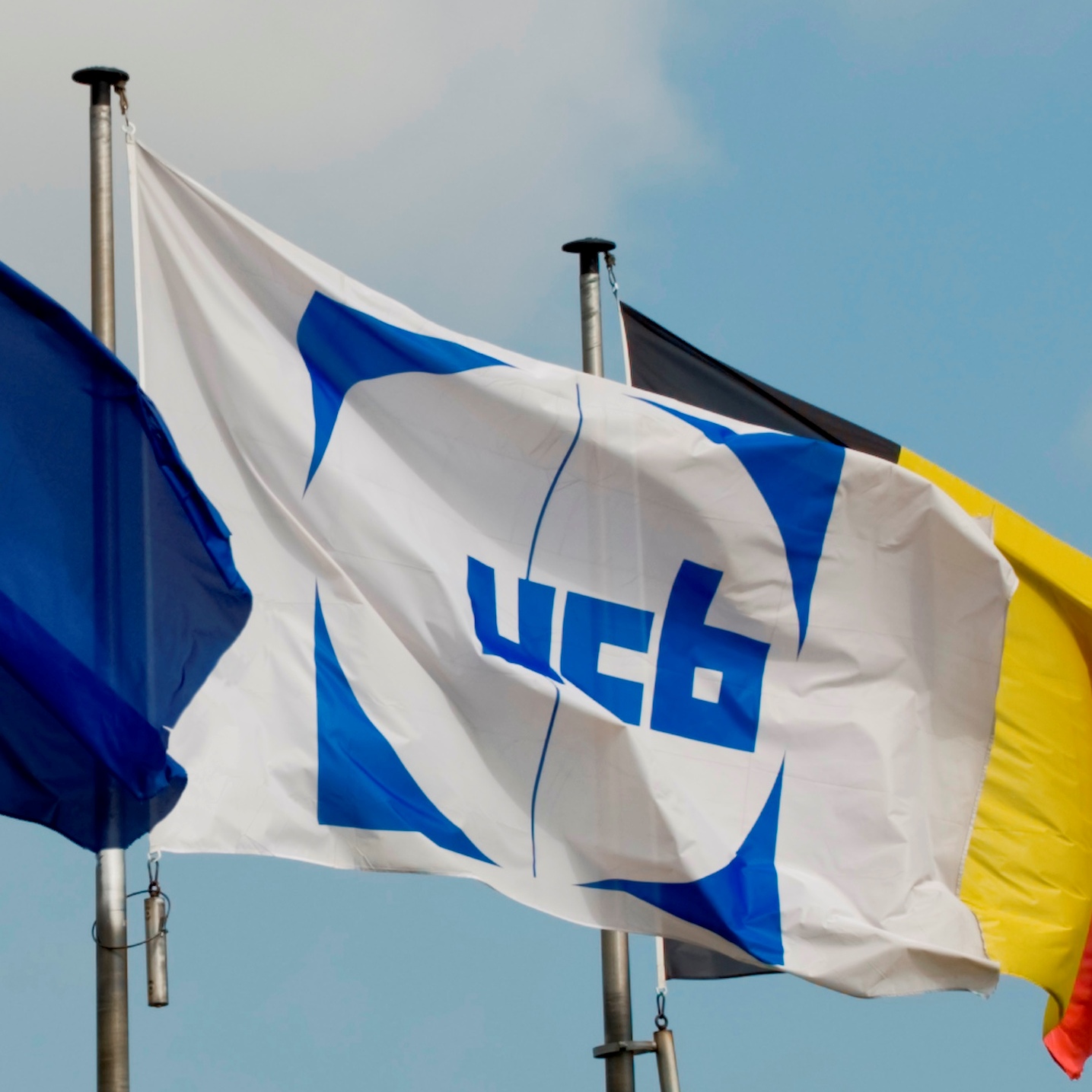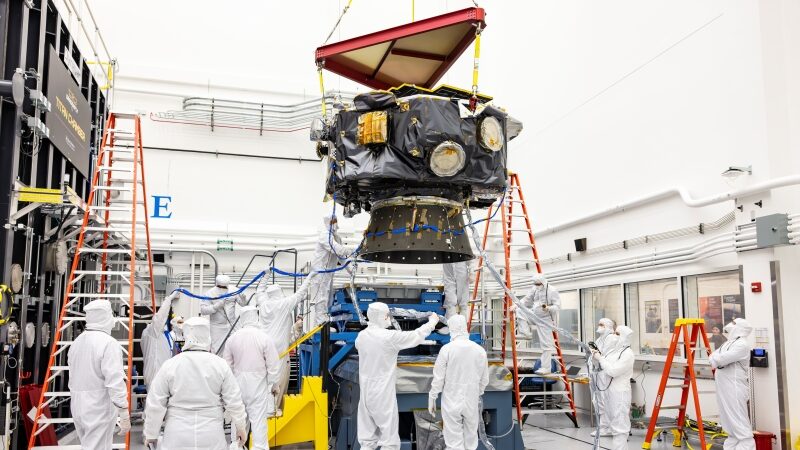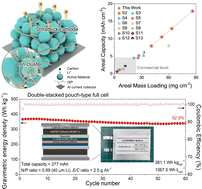CXCR4 Clustering Induced by Polymeric Nanothreads Impedes Cancer Cell Metastasis via PIEZO1‐Mediated Mechanotransduction
Advanced Healthcare Materials, EarlyView.

This study highlights the role of PIEZO1-mediated mechanotransduction in enhancing CXCR4 antagonism through nanothreads-induced receptor clustering. The nanothreads patching triggers F-actin rearrangement and mechanical stress, activating PIEZO1 to suppress cancer epithelial-to-mesenchymal transition and cell metastasis both in vitro and in vivo. Inhibition of PIEZO1 attenuates this effect, emphasizing its critical role in disrupting the pro-metastatic microenvironment.
Abstract
The way in which the antagonist binds to the target molecule affects the intervention of its downstream pathway. Previously, an antagonistic strategy for CXC chemokine receptor 4 (CXCR4) utilizing two polymeric nanothreads is developed that self-assemble into patches on the cell surface. These patches induce CXCR4 clustering, leading to a significantly enhanced antagonism compared to conventional monovalent or multivalent receptor binding. However, the underlying mechanism remains unclear. Here, the critical role of Piezo Type Mechanosensitive Ion Channel Component 1 (PIEZO1) is revealed, a mechanically sensitive ion channel protein, in mechanotransduction during CXCR4 clustering-mediated antagonism. It is shown that the nanothreads patching on the cell surface trigger F-actin rearrangement, and generates mechanical stress, which subsequently activates PIEZO1. Conversely, the application of a PIEZO1 inhibitor significantly attenuates the CXCR4 antagonistic effect of nanothreads patching, resulting in less inhibition of downstream activities associated with epithelial-to-mesenchymal transition of cancer cells and their metastasis both in vitro and in vivo. This result highlights the involvement of PIEZO1-mediated mechanotransduction in amplifying CXCR4 antagonism through triggering receptor clustering.













































































































































